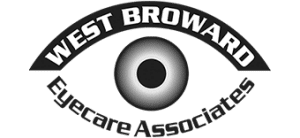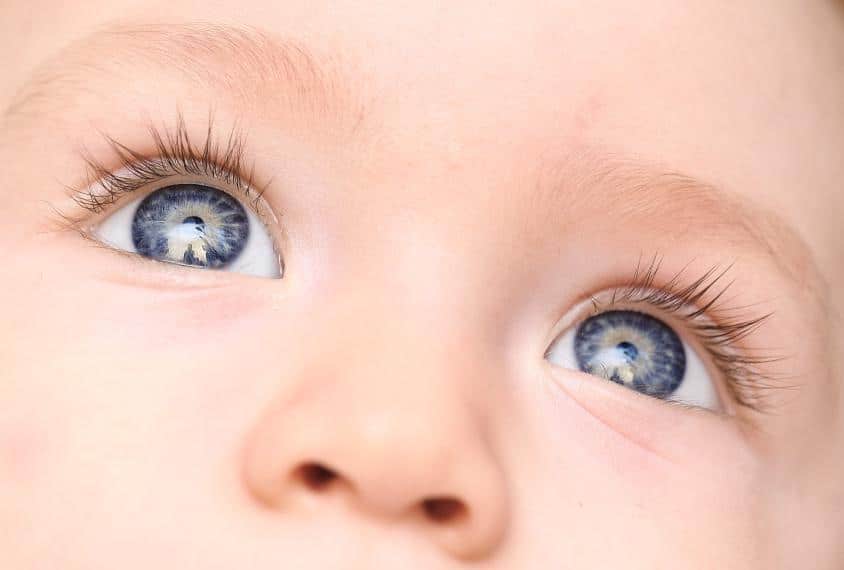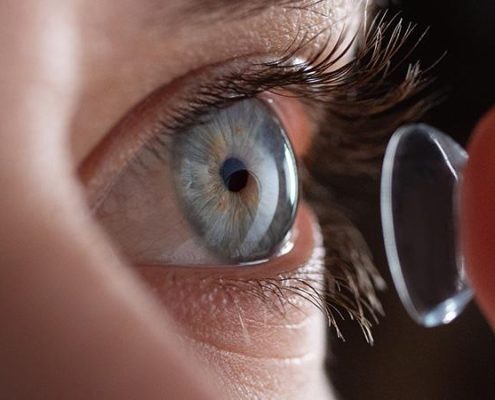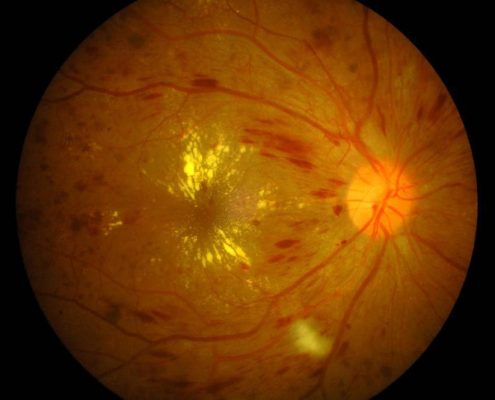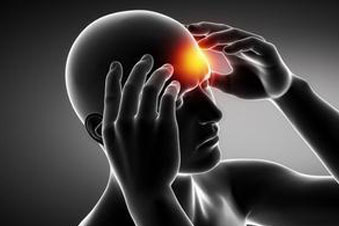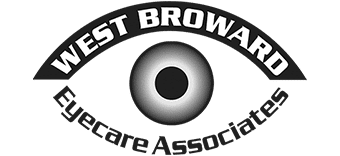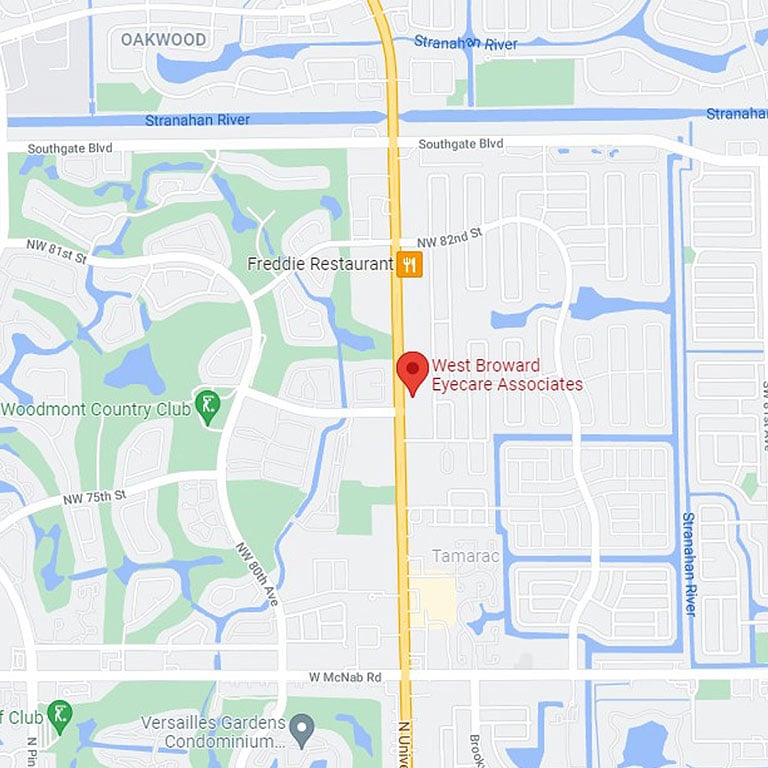How can you help your child have healthy eyes and clear vision?
How can you help your child have healthy eyes and clear vision?
As parents, we all want the best for our children including clear vision and healthy eyes. Oftentimes in the office, parents ask what they can do at home to help prevent worsening vision.
Regular Eye Exams:
- Yearly exams are necessary to examine the clarity of vision or changes in prescription and the health of the eyes
- Children should have their eyes examined at 6 months, 3 years, and every year afterwards. The most critical time to start annual exams is just before starting schooling at around 5 years old.
Make sure their prescription is up to date
- The wrong prescription or one that is too weak can not only cause blurry vision and eye strain, but can actually contribute to the prescription worsening faster or potentially permanently reduce best corrected vision.
Reduce Near Work:
- The amount of work our eyes have to do increases with near objects. The more time spent on computers, tablets, and cell phones causes the eye to elongate and become more myopic (or nearsighted).
- Try to limit near work to less than 3 hours a day
- Take frequent breaks when working on the computer or tablet for many hours. The rule is every 20 minutes, look 20 feet away, and blink for about 2 minutes.
Get Outdoors
- Studies have shown us that not only should children reduce near work, but also spend more time outdoors.
- Children should spend 1-2 hours outside a day
It is important to note that children may not have complaints for a variety of reasons:
- They may not want glasses or think they are “not cool” so they don’t complain
- They may not be aware that what they see is abnormal or their vision can be clearer
- They may be able to read letters but may not understand that double vision, squinting, or straining their eyes to do so is not normal.
- If they see well out of one eye but poorly out of the other eye, their brain may start to suppress the “bad” eye (or shut it off) and only use the good eye to see. This can lead to a “lazy eye” or amblyopia where the poorer eye has permanently reduced vision.
It is important to have your child’s vision examined regularly, even with no complaints, to monitor for these concerns, worsening prescriptions, lazy eyes, or other visual and ocular health problems. Book your appointment online or call our office to schedule your child’s eye exam.
